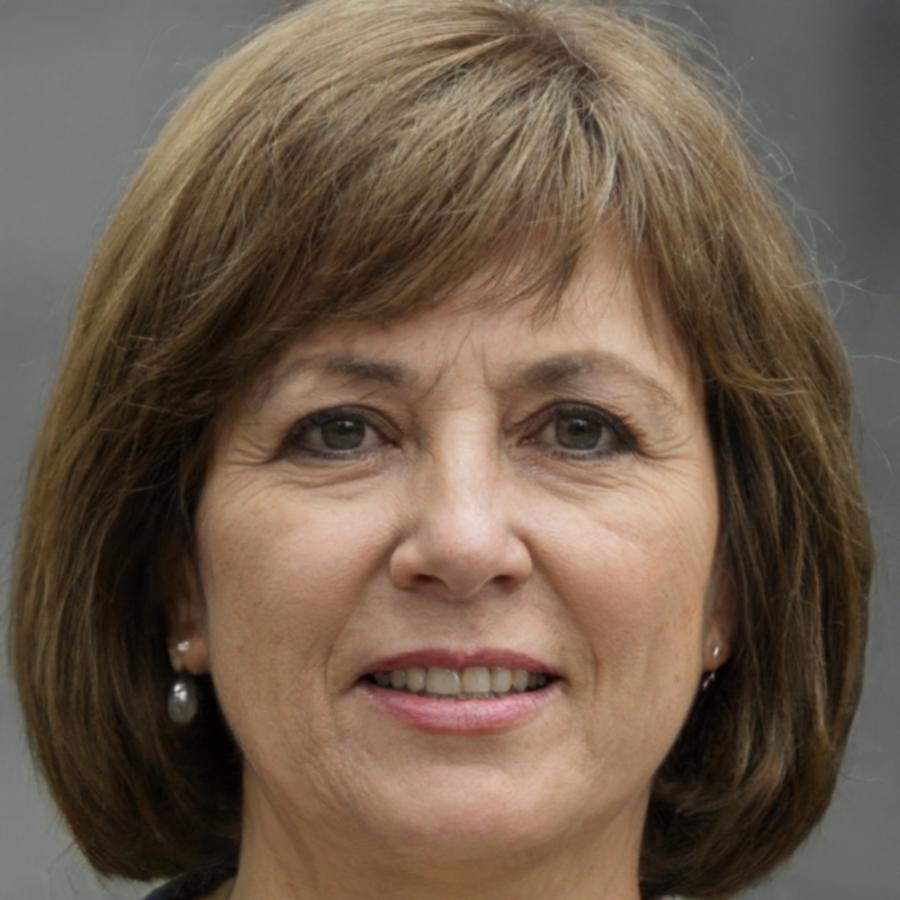Practical Budgeting That Actually Works
Most business owners struggle with budgeting because traditional methods feel disconnected from daily operations. We've built our approach around real business scenarios—not textbook theories. Our methodology grew from working alongside hundreds of Australian businesses since 2019, learning what actually helps people make better financial decisions.

Three Core Elements We Focus On
These aren't theoretical principles. They're the specific areas where we've seen business owners gain the most clarity and control over their finances.
Pattern Recognition
We teach you to spot spending patterns before they become problems. Most businesses have three or four expense categories that consistently drift off target—identifying yours changes everything.
Scenario Planning
What happens if revenue drops 15% next quarter? Or if you need to hire sooner than planned? We work through multiple scenarios so you're prepared instead of panicked when things change.
Regular Adjustments
Budgets aren't annual documents you create and forget. We show you how to review and adjust monthly—spending 30 minutes now saves hours of stress later.
How Our Learning Program Works
We break down budgeting into four manageable phases. Each builds on the previous one, so you're never overwhelmed with information. Most participants complete the full program in 14-16 weeks, though you can move faster or slower based on your schedule.
Foundation Setting
We start with your current financial situation—no judgment, just clarity. You'll learn to categorize expenses in a way that actually makes sense for your business type. We've found that generic budget templates rarely work, so we help you build categories that reflect how your business operates.
Analysis Skills
Once you understand where money goes, we focus on why it goes there. You'll learn to identify trends, spot anomalies, and understand seasonal variations. This phase includes case studies from businesses similar to yours—retail patterns differ significantly from service businesses.
Forecasting Practice
Now we look forward. You'll create realistic projections based on your historical data and business plans. We cover both conservative and optimistic scenarios, teaching you to plan for multiple possibilities without getting paralyzed by what-ifs.
System Implementation
The final phase focuses on building habits that stick. You'll create a review schedule, set up alerts for budget variances, and establish a routine that takes minimal time but keeps you informed. Many participants continue meeting in small groups even after the program ends.

Designed by Brynnley Thatcher
Brynnley spent eight years as a management accountant before shifting to education in 2020. She noticed that most business owners weren't lacking intelligence or motivation—they were lacking practical frameworks that fit their reality. After piloting this methodology with 23 Queensland businesses in late 2022, she refined it based on their feedback and challenges.
The current program structure emerged from those early sessions. Participants told us they needed less theory and more hands-on practice with their actual numbers. They wanted to understand not just what to do, but why certain approaches work better for different business models.
"I'm not here to turn you into an accountant. I want to give you enough financial fluency that you feel confident making decisions without constantly second-guessing yourself. That confidence is worth more than any specific budgeting technique."